Looking to buy an apartment in Tokyo, Japan? From legal ownership rights to additional fees and location tips, this guide covers the essentials. Whether you’re a foreign investor or planning to settle down, understanding the market, costs, and property types will help you make a smart decision. Discover what to expect before diving into one of Asia’s most dynamic real estate markets.
Market Trends and Buyer Demand
Japan’s real estate market in 2025 continues to show steady growth, especially in major urban hubs like Tokyo. Home prices in the Tokyo Metropolitan Area have seen a year-over-year increase of over 8%, reflecting sustained demand despite ongoing supply limitations. One major driver of this activity is a surge in foreign investment, fueled in part by the weaker yen, which makes Japanese property more affordable to overseas buyers.
In addition, historically low mortgage interest rates have created a favourable environment for both domestic and international purchasers. However, the market also faces long-term challenges, such as a shrinking population and a growing number of vacant homes in rural areas, which have started to impact property values outside city centres. To address this, government policies are increasingly focused on revitalising abandoned homes and encouraging relocation to less populated regions.
Overall, the outlook for Japan’s property sector remains positive, particularly in metropolitan areas. The combination of stable pricing, strong rental yields, and supportive policies continues to make Japan, and Tokyo in particular, a key destination for real estate investors and long-term buyers alike.
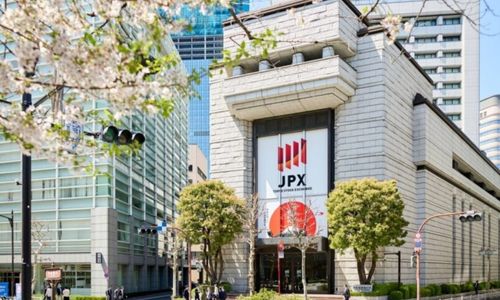
Tokyo property market booming 2025
How Do Apartments and Freestanding Houses Differ?
Choosing between an apartment and a standalone house in Japan often depends on lifestyle preferences and financial flexibility. Apartment living typically appeals to those who enjoy being close to public transit, restaurants, and entertainment hubs. These units are usually easier to maintain, with shared services like security and building management included. However, living in a high-rise may mean limited space, less personal privacy, and recurring monthly fees for upkeep of common areas.
In contrast, detached houses provide more freedom and living space, including the possibility of a private yard or garden. Homeowners have full control over renovations and repairs, making it easier to personalise the property. While this type of home offers a quieter, more private environment, it often comes with higher maintenance demands and is generally located further from city centres. It’s a great fit for families or buyers seeking long-term ownership with room to grow.
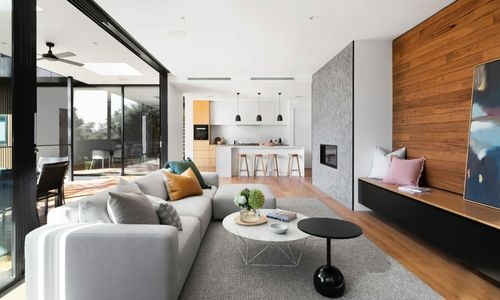
Apartment or house lifestyle choice
Types of Housing Available in Tokyo
Tokyo, one of the most densely populated cities in the world, offers a wide variety of housing options to suit different lifestyle preferences and income levels. Whether you’re a resident or an international newcomer buying an apartment in Tokyo, there’s a property type that can match your needs and budget. Here’s an overview of the most common types of Japanese housing found across the city:
Modern Skyscraper Homes (Mansions in Japan)
In Japan, the term “mansion” (マンション) refers to modern mid- to high-rise apartment buildings constructed with reinforced concrete. These apartments in Tokyo for sale or rent often come with shared amenities like elevators, security systems, and communal areas. Mansions are typically located in urban centres such as Shibuya, Minato, or Shinjuku, and appeal to singles, couples, or small families who value access to transit, shopping, and entertainment.
If you’re considering renting an apartment in Tokyo or seeking an apartment for sale in Tokyo, mansions are a popular and reliable choice. Prices may vary significantly depending on neighborhood and building age, but the Tokyo apartment rental prices in central areas tend to reflect the city’s strong demand and average income in Tokyo, Japan.
Detached Houses (Ikodate)
Known locally as “ikodate” (一戸建て), these standalone homes are common in suburban Tokyo or quieter residential districts. A detached house provides more space, privacy, and full ownership of both land and building—ideal for those with families or long-term living plans. While this type of property may involve more upkeep, it suits those seeking independence and stability, especially in neighborhoods with a strong sense of community.
Detached houses are also a reflection of lifestyle aspirations among the Japanese middle class, who may seek to leave the high-rise city core in favor of green space and quiet surroundings. Many buyers in this segment fall within the average middle class income in Japan, which supports homeownership outside the most expensive wards.
Low-Rise Apartments (Apāto)
The term “apāto” (アパート) refers to srenting an apartment in tokyomall, low-rise apartment buildings typically made from wood or light materials. These units are often found in the outer parts of the city or Tokyo suburbs, making them more affordable than mansions. Renting an apartment in Tokyo in this category is common among students, part-time workers, or individuals on tighter budgets.
Most apāto buildings do not offer elevators or luxury features, but they provide practical housing solutions for those with moderate or lower incomes, especially individuals whose salaries fall closer to the median income in Tokyo or the median salary in Japan.
Traditional Japanese Homes (Minka, Machiya, Kominka)
- Minka (民家): Rural homes with thatched or tiled roofs, reflecting classic countryside archimedian salary in japantecture.
- Machiya (町屋): Townhouses with narrow frontages and deep layouts, commonly found in historic cities like Kyoto.
- Kominka (古民家): Century-old traditional houses that are often restored for modern living.
These residences are ideal for those who appreciate cultural heritage and timeless design.
Community Housing Estates in Japan
Danchi (団地) are large-scale residential complexes built after World War II to meet urban housing demands. These typically consist of multi-story buildings offering compact, affordable units. They cater to low-income households, elderly residents, and young families. Danchi are mostly situated in outlying districts to ease pressure on inner-city housing.
Shared Living Spaces (Share House)
Share houses are a cost-effective solution where multiple tenants live together in the same house, each with a private bedroom while sharing the kitchen, bathroom, and living areas. This arrangement is especially popular among young adults and international residents seeking both community and budget-friendly accommodation.
Micro Apartments
Micro apartments range from 10 to 30 square meters and are designed for individuals living alone in high-cost areas like Tokyo. Despite their compact size, these spaces are efficiently laid out to maximise functionality, ideal for those who value minimalist living.
Where to Buy: Popular Areas in Tokyo for Apartment Seekers
If you’re searching for an apartment in Tokyo, choosing the right neighbourhood can make all the difference. From vibrant nightlife to quiet, residential charm, each district offers a unique lifestyle. Here’s a closer look at some standout areas worth considering:
- Minato: An elegant and international ward, home to embassies, global corporations, and upscale residences. Areas like Hiroo and Roppongi attract professionals seeking convenience and prestige, with a wide array of dining, shopping, and leisure options.
- Nakameguo: A relaxed, scenic neighbourhood known for its cherry-blossom-lined river and stylish, low-key vibe. Perfect for creatives and young couples who enjoy boutique cafes, design stores, and weekend strolls.
- Shimokitazawa: Tokyo’s go-to spot for indie culture and vintage flair. With live music venues, quirky theatres, and secondhand shops, this area appeals to those who appreciate artistic energy and a strong sense of local character.
- Kichijōji: Consistently ranked among Tokyo’s most livable areas, thanks to its proximity to Inokashira Park, friendly atmosphere, and thriving commercial streets. A great fit for families or anyone looking for a laid-back yet dynamic environment.
- Chiyoda: A central and symbolic district that blends historical landmarks like the Imperial Palace with modern business hubs. Suited for buyers who value accessibility, status, and proximity to Tokyo Station.
How Expensive Is It to Live in a Tokyo Flat?
Apartment costs in Tokyo in 2025 vary significantly based on location, size, and whether the property is new or second-hand. Newly built condos in central wards average around ¥78 million (~$498,000), while prices in the broader Tokyo region can climb to ¥81 million. In contrast, pre-owned units are more accessible, with an average around ¥43.6 million. Rent also depends on layout; smaller 1K apartments typically cost ¥80,000/month, while larger 3LDK units can exceed ¥260,000. More affordable rental options can still be found in outer areas like Adachi or Edogawa, offering good value with convenient train access to the city centre. Overall, Tokyo’s market remains competitive, shaped by demand, transit proximity, and limited new supply.
Tokyo Real Estate: Buying Tips for International Buyers
Foreigners can legally purchase real estate in Tokyo without restrictions, and land and buildings can be owned outright, regardless of visa type. While the legal process is straightforward, financing can be a hurdle. Most banks prefer borrowers with permanent residency or stable income in Japan, so many non-residents either pay in cash or explore alternative lenders.
To proceed, you’ll need basic documents like a passport, and if you’re living in Japan, a residence card and personal seal. Additional costs such as taxes, registration, and agency fees can add 6–8% to the purchase price. Property ownership does not grant immigration status, and buyers should also review building safety and age, especially in earthquake-prone areas. Working with a knowledgeable agent can simplify the entire process.
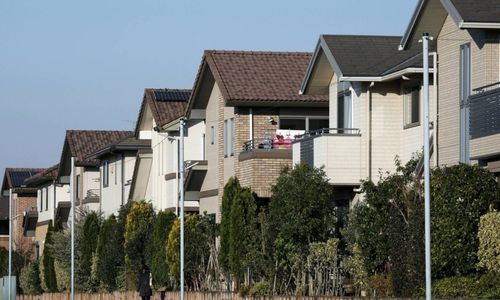
Foreigners can buy Tokyo property
Should You Buy a House or an Apartment in Tokyo?
Choosing between a house and an apartment in Tokyo depends on your lifestyle and priorities.
Detached House (Ikodate):
- Pros: More space, full land ownership, and freedom to renovate.
- Cons: Often located farther from central Tokyo, higher maintenance costs, and building value may depreciate over time.
Apartment (Mansion):
- Pros: Central locations, close to transport and shops, shared amenities like security and building maintenance.
- Cons: Monthly management fees, limited renovation freedom, and less living space.
If you value convenience and low maintenance, an apartment may suit you better. But if space and privacy are top priorities, a house could be the right fit.
Conclusion
Choosing between a home and an apartment in Tokyo ultimately depends on what fits your lifestyle, financial comfort, and plans. While apartments offer urban convenience and lower maintenance, detached homes give you more room, privacy, and the benefit of owning the land beneath your feet.
If you’re planning to buy property, whether to live in or as an investment, consider getting in touch with An Lac. Their friendly and knowledgeable team is always ready to offer personalised support and help you discover the right opportunity that aligns with your goals.
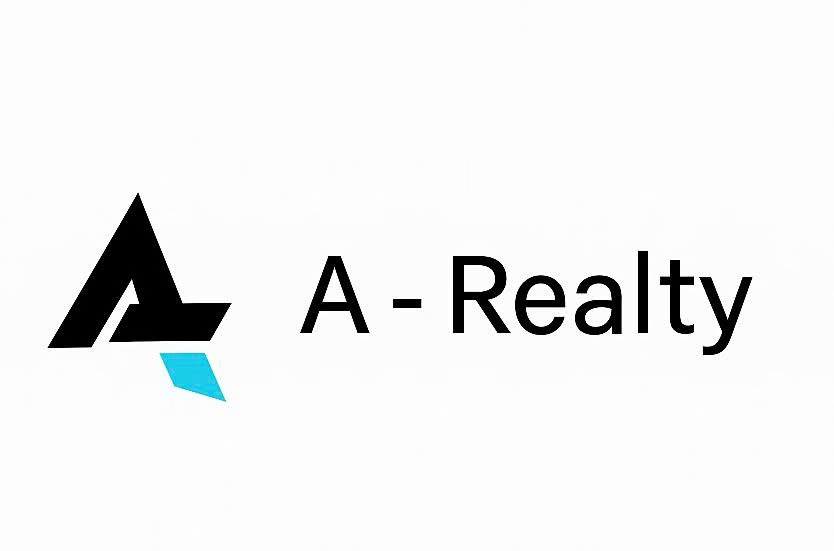
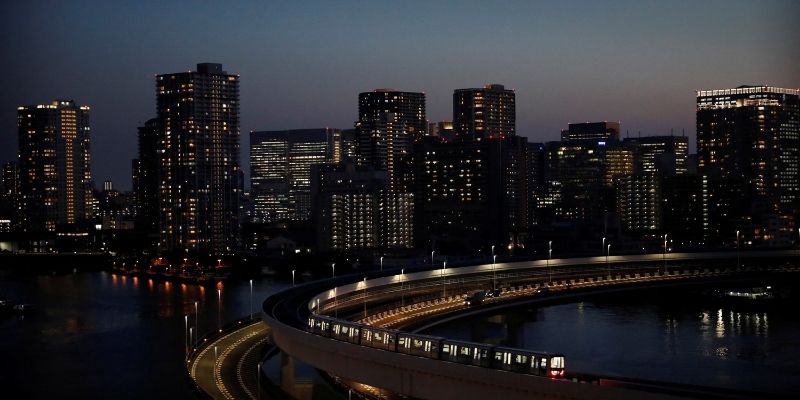


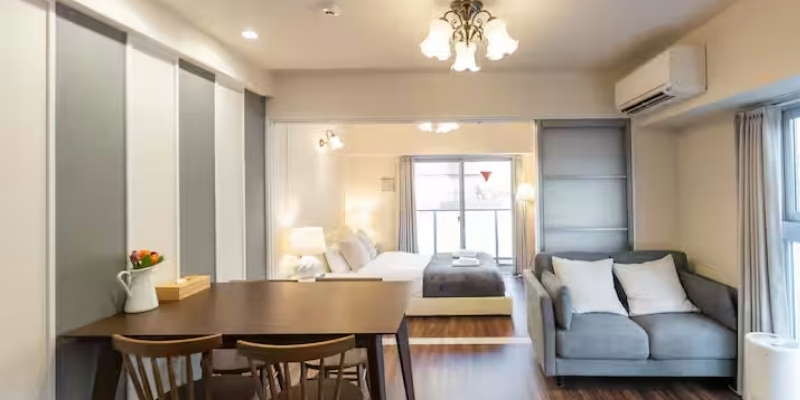

Leave a Reply